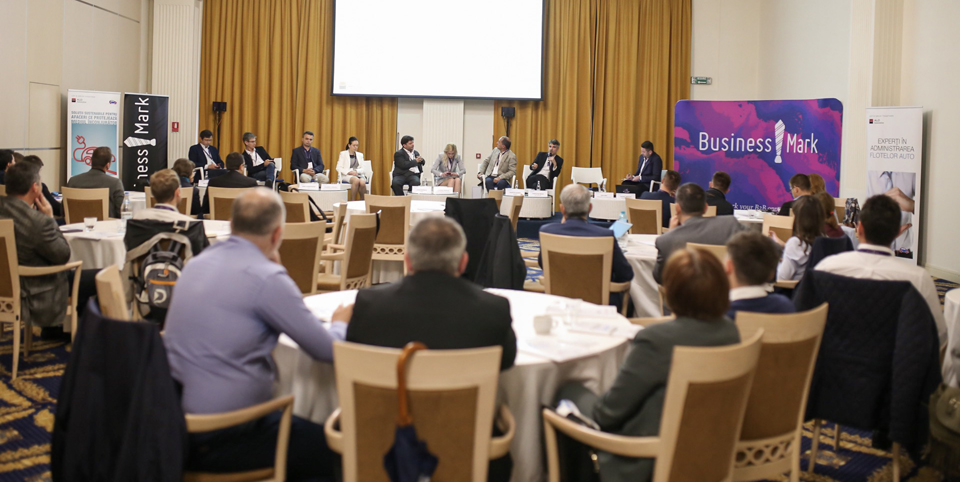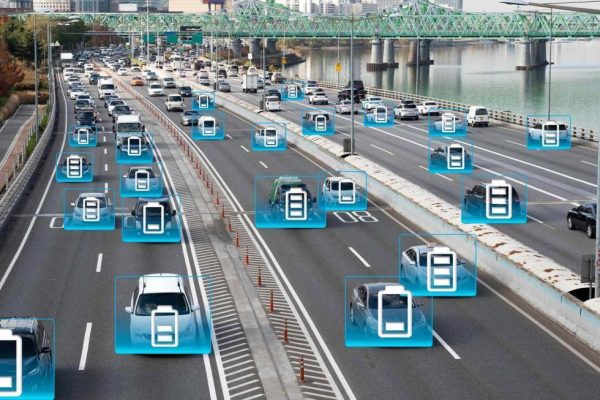Electricity mobility in Romania, from strategy to implementation.
The “Electric Drive” Conference gathered at the third edition of the event, specialists from the companies and authorities: Cluj-Napoca City Hall, ALD Group, BAEPS (Bulgarian Electric Vehicles Association), E.ON Energie Romania, Association for Promotion Electric Vehicles in Romania, Member AVERE Europe, GTG, SafeFleet, Board of Directors, Romanian Green Building Council (RoGBC).
There is more and more talk about the electric vehicle and the benefits of electrical mobility, and specialized entities seem to present the most efficient solutions to reduce pollution by reducing emissions. The progress of technology is exponential, and in a very short time, the systems were reinventing. How has the technology behind electric vehicles advanced in recent years and what can we expect in the next 10 years? Our guests debated these topics together.
At the opening, the Mayor of Cluj-Napoca, Emil Boc , talked about the city’s development plans in terms of infrastructure, both the ones in progress and those that will follow in the future: ” Cluj-Napoca has the opportunity to be a a city connected to the future, with innovation as a central development point. The technology behind electric vehicles is constantly evolving, with increasing concern for the environment. In the public transport system there are 21 non-polluting electric buses, in addition to trams and trolleybuses . One third of the public transport fleet is now electric, and the municipality’s goal is to make the entire public transport system environmentally friendly. We are looking for other solutions to reduce the emissions from road traffic: the placement of public electric vehicle charging stations or the granting of taxi licenses exclusively for electric cars . “, Argues Boc. Emil Boc also said that there are currently 200,000 cars in Cluj with a population of 400,000, and 25% of them are below European environmental standards, leading to a high degree of pollution.
ALD Group representatives, Luminiţa Gughea – Sales Manager, ALD Automotive Romania and Stephane Renie – Head of Corporate Social Responsibility, ALD Group, talked about the mobility sustainability . ” Among the busiest European cities in 2019, Bucharest is on the 7th place. If we talk at national level, let’s look at the top of the most polluted cities in Romania ” ( Luminiţa Gughea )
Stephane Renie mentions that ‘the pressure of new legislative standards is driving new models of electric cars, and digitization, climate and legal framework lead to a’ shift in mobility ‘. It also presents the overall picture of motorized propellers by machine category in 2030:
If we spoke about national perspectives, we had the opportunity to learn about the situation of electric mobility in Bulgaria, from Martin Zaimov – Deputy Chairman, BAEPS (Bulgarian Electric Vehicles Association): ” If we look at the number of existing electric cars in Bulgaria in for the last 3 years, the data sounds like this: in 2017, we recorded about 300 electric cars, in 2018, the number increased to 560 electric cars, and since the beginning of 2019 so far their number almost doubled – 900 electric vehicles . Charging stations have reached 150 recharging points, “says Zaimov.
Claudia Griech , Deputy General Manager, E.ON Energie Romania spoke about personalized solutions that E.ON can offer in support of electrical mobility for business customers, municipalities, but also domestic customers. E.ON Services have international experience in electrical mobility, with the IT application providing monitoring and payment options for upload sessions. ‘ At present, E.ON has 222 ultra-fast charging stations in Europe . Also, there are 40 fast-loading stations in Romania (19 owned by E.ON, 21 owned by MOL) , “says Claudia.
Furthermore, Liviu Popescu – Member, Association for the Promotion of Electric Vehicles in Romania, member of AVERE Europe approached the topic of electrical mobility at European level and from a legislative angle . ‘ The European Commission launched on 28 November 2018 a long-term strategy to reduce carbon emissions by 2050. The objective is not to set other targets but to create a vision and plan to reach zero emissions carbon. The strategy takes into account 8 different scenarios, taking into account all sectors. The proportion of vehicles fueled by batteries and electric motors will reach 95% in 2050 . ‘
Pollution affects the entire population of the globe with dramatic aspects in some regions. Much of the blame is borne by car traffic especially in large cities. One of the solutions is joint transport. Another option is the use of scooters, trotters or electric bicycles. Another solution came from Andi Ostroveanu – Co-Founder, GTG, who created Baia Mare the first electric car made in Romania. It proposes the use of L6E and L7E electric cars designed exclusively for traffic in cities and adjacent areas. Travel speed is limited to 50Km / h or 80 Km / h. What are the advantages? ‘ Autonomy is 100-150Km in traffic conditions in the city. The charging of the batteries is easy, they can be charged from regular 16 A max sockets or can be loaded at specialized charging stations .
C
laudiu Suma – CEO, SafeFleet approached the conference theme from his own experience as a user, but also as a manager of a fleet of electric car salesman sales agents. Claudiu argues that the trend is towards discouraging the use of diesel cars and that from the point of view of consumption, the electric car used in the city is very efficient. ” In a systematic peer-to-peer assembly, we try to carry out our activity as the central element of the individual, who in turn becomes a promoter of electrical technology. We advise customers to electrify their fleet, use an energy monitoring system. All the initiatives that support this move will surely lead to the consolidation of the e-mobility concept. A very clear example is the construction of two electric power plants in Hungary. ”
Dr. Dorin Beu – Chairman of the Board of Directors, Romanian Green Building Council (RoGBC) spoke about the Smart City concept by integrating all these green technologies into an ecosystem. He also mentioned the impact of electric cars on green buildings. He presented the situation of certified green buildings in 2018: 35 certified buildings and 22 ongoing LEED-certified buildings, 45 existing buildings and 46 new construction and major renovations (BREEAM) plus 25 on-going certifications. Regarding green buildings, 22 residential buildings, plus 5000 apartments, new buildings were registered.




